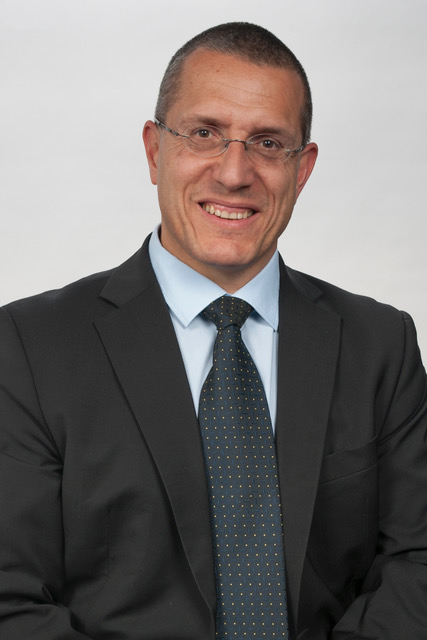Webinar - The Bernese Concept for the Treatment of Single and Multiple Mandibular Recessions
01.11.2022, 7:00pm-8:30pm
01.11.2022, 7:00pm-8:30pm
The webinar is free for members, non member charges are £20 Hygienist/Therapist, £30 Dentist.
Bookings will close at midday on Monday 31 October.
Registering instructions will be sent out on Monday 31 October, as you need to register with Zoom (a quick and simple process). After registering you will receive a confirmation email containing information about joining the webinar on the evening.
Only the first 500 participants to log in on the evening will be able to participate in the live event.
However, booked participants will be able to view the webinar after the event on the BSP website. You will be notified when the recorded presentation is available for viewing.
1.5 hours CPD is offered to all delegates who have booked and viewed the webinar. Bookings must have been made through the BSP website, non-members will need their booking reference number to obtain CPD. Evaluation form and CPD certificates will be available after the event on the website.
Predictable coverage of isolated and multiple mandibular gingival recessions is one of the most challenging endeavours in plastic-aesthetic periodontal surgery while the available data from the literature is still limited. In most of the described procedures, a split flap approach was adopted for preparing the flap, envelope, or tunnel. Due to various anatomical reasons such as strong pull of muscles and frenula, shallow vestibulum, lack of vestibular/labial or oral bone plate, associated with extremely thin, soft tissues, a split flap is often difficult to prepare and perform and bears the risk of flap perforation and/or graft necrosis during the healing phase. In order to reduce these potential complications, various modifications of the tunnel procedure, i.e., the Modified Coronally Advanced Tunnel (MCAT), the Laterally Closed Tunnel (LCT) or their combination (LCT+MCAT) have been introduced.
To understand the clinical indications for the treatment of single and multiple adjacent mandibular gingival recessions.
To understand the anatomical considerations which influence the results.
To provide the biologic rationale, the step-by-step procedure and the results obtained with MCAT, LCT and LCT+MCAT in various clinical scenarios associated with single and multiple mandibular gingival recessions.
GDC Development Outcome C

Anton Sculean is professor and chairman of the Department of Periodontology and currently the Head of the Dental Research Center (DRC) of the School of Dental Medicine, University of Bern, Switzerland.
Prof. Sculean has authored more than 480 articles in peer-reviewed journals, 35 chapters in periodontal textbooks and has delivered more than 500 lectures at national and international meetings. He is Editor in Chief of Periodontology 2000, the top ranked journal in Periodontology and Implant Dentistry.
Prof. Sculean has been a recipient of many research awards, among others the Distinguished Scientist Award of the International Association for Dental Research (IADR), the Anthony Rizzo Young Investigator Award of the Periodontal Research Group (PRG) of the IADR, the IADR/PRG Award in Regenerative Periodontal Medicine, and the Distinguished Teacher Award of the European Orthodontic Society. Professor Sculean is currently listed as the top-rated expert in Periodontics in the world https://www.expertscape.com/ex/periodontics.
He is Past President of the Periodontal Research Group of the IADR, of the Swiss Society of Periodontology (SSP), of the European Federation of Periodontology (EFP) and of the International Academy of Periodontology (IAP). He is Honorary Member of the American Academy of Periodontology (AAP), board member of the Osteology Foundation, of the Oral Reconstruction Foundation, and of the Continental European Division (CED) of the IADR.
His research interests focus on periodontal wound healing and regeneration, regenerative and plastic-esthetic periodontal surgery, use of antibiotics, antiseptics and novel approaches such as lasers and photodynamic therapy in the treatment of periodontal and peri-implant infections.